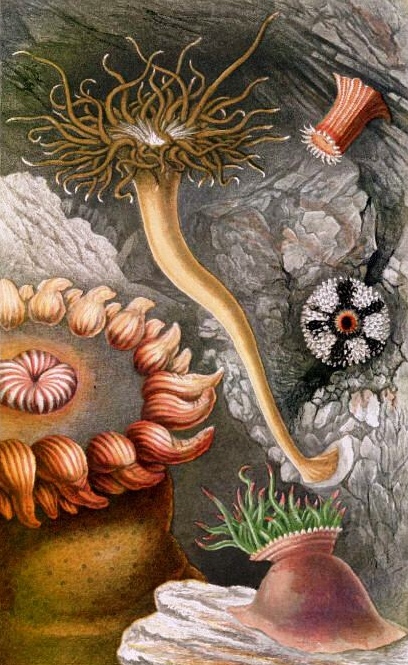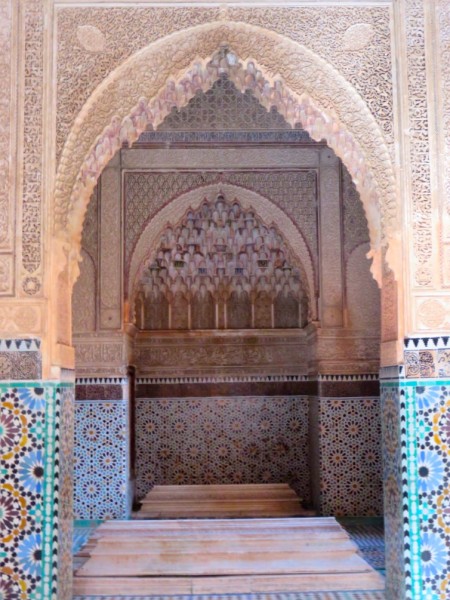“Death was a door. I think that is what [Big Kit] wanted me to understand. She did not fear it. She was of an ancient faith rooted in the high river lands of Africa, and in that faith the dead were reborn, whole, back in their homelands, to walk again free. That was the idea that had come to her with [our new master], like a thread of poison poured into a well.” Washington Black, age eleven.
George W ashington Black, a young slave born in 1818, tells his life story – as much as he knows of it – beginning when he is eleven, a boy living on the sprawling Faith Plantation in Barbados. His master has just died, and he and Big Kit, the slave woman who watches over him, know nothing about the person who will take his master’s place. Wash, as he is known, is an orphan with no family, a person without a “real” name, known only by the slave name assigned to him by a master who is also in charge of every other aspect of his life – and his death. When the new master arrives from England a few months later, he is everyone’s worst nightmare. The maimings begin – and the killings. Some slaves commit suicide in desperation while others are killed when they are caught and publicly beheaded. Most, like Big Kit, remain, still holding onto their beliefs from their past lives in Africa, believing that when they die they will be “reborn, whole, back in their homelands, to walk again free.”
ashington Black, a young slave born in 1818, tells his life story – as much as he knows of it – beginning when he is eleven, a boy living on the sprawling Faith Plantation in Barbados. His master has just died, and he and Big Kit, the slave woman who watches over him, know nothing about the person who will take his master’s place. Wash, as he is known, is an orphan with no family, a person without a “real” name, known only by the slave name assigned to him by a master who is also in charge of every other aspect of his life – and his death. When the new master arrives from England a few months later, he is everyone’s worst nightmare. The maimings begin – and the killings. Some slaves commit suicide in desperation while others are killed when they are caught and publicly beheaded. Most, like Big Kit, remain, still holding onto their beliefs from their past lives in Africa, believing that when they die they will be “reborn, whole, back in their homelands, to walk again free.”
Canadian author Esi Edugyan does not dwell on the sadism of the master and the horrors he wreaks for long. She is far more committed to telling the story of “Wash,” whom we learn through a flashback in the first few pages, is a survivor, one who at eighteen is officially a Freeman. What unfolds in the ensuing three hundred pages is Wash’s story, a monument to the human spirit and what it takes for someone who has never known freedom or had the opportunity to make his own decisions to learn how to exist in an alien world. Wash, still a young teenager at the outset, has always had to follow a master’s instructions to say alive. Words like “success” or “happiness” are not only irrelevant to him, they are concepts totally foreign to him. His only goal, if he can be said to have one, is learning to cope with sudden changes – all changes – in order to survive.
Edugyan recognizes that to make this novel come alive for the reader, she must provide Wash with mentors, ordinary people who recognize Wash’s abilities and use Wash’s talents to help them achieve their own goals. While this may seem a cynical attitude among the people on whom Wash comes to depend, the novel would be unrealistic if their attitudes toward Wash were not reflective of the times in which they all live. As a result, the guides and mentors for Wash do not set out to “adopt” him or, worse, act as “fairy godmothers” in a sentimental attempt to make his release from slavery more appealing to the reader. His lack of education, lack of experience dealing with the outside world, his fears and vulnerabilities, and the racial prejudices within the world in which he is living, leave Wash completely at the mercy of others unless he can learn how his world works and how to stay alive within it. A few people in Wash’s life do take on the job of trying to help him while also helping themselves until Wash has acquired enough experience to be able to manage his own life. His first mentor is the master’s brother Titch, who is interested in aeronautics and has built a Cloud-cutter, a balloon that will carry humans.

Indians trading fur at Hudson’s Bay Trading post, 1800s, where Titch searches for his missing father.
Wash has been working at the main house, and Titch has chosen him for only one reason. He plans to do a test flight, and Wash is the right weight to be the ballast on the flight. Later Titch discovers that Wash has a talent for drawing, and he immediately makes Wash his assistant, recording measurements, equations, and outcomes and discussing them with him. One experiment leaves Wash a burn victim, with horrific facial burns which take weeks to heal and leave him with permanent facial scars. After he recovers, another of the master’s family involves him in an event which leaves the naive Wash a wanted man. Part II takes place shortly afterward on a big-rigged ship with Titch and Wash heading to Virginia and “freedom.” It is then that they see a Wanted Poster offering “A Reward of One Thousand Pounds…for the capture of George Washington Black, a Negro Boy of small stature, his countenance marked with Burns; a Slave for life.”

Philip Henry Gosse may have been the model for G. M. Goff. This is one of his illustrations, “Sea Anemones and Corals.”
Titch wants to continue up through Canada on the way to Alaska to look for his missing father, and he believes that Wash’s best chances for survival lie instead in his joining a Loyalist community in northern Canada. Still pursued by a bounty hunter, Wash, at fifteen, is soon on his way to Nova Scotia and the Maritimes. It is there that Wash realizes that “Though I did not know it then, I had begun the months of my long desolation. I became a boy without identity, a walking shadow, and with each new month I fell deeper into strangeness. For there could be no belonging for a creature such as myself, anywhere: a disfigured black boy with a scientific turn of mind and a talent on canvas, running, always running from the dimmest of shadows.” Eventually, he meets a scientist, Mr. G.M. Goff, who specializes in sea creatures, a character purportedly based on the celebrated marine biologist Philip Henry Gosse, and follows him to England. Later he travels on to Marrakesh in Morocco.
As the novel concludes, the harsh realism begins to take on more spiritual, mystical, and even magical moments, in part due to the fact that Wash is in love. The author clearly believes that emotional and spiritual health is important in formulating one’s view of the world, and as Wash reconnects with some of the people who have helped him in the past and is able to ignore others who have hurt him, the reader shares Wash’s growing understanding of how they became who they are, and why and how Wash has gained insights that his former mentors may not understand even yet. It is not by accident that some of most important moments have been spent in the air and in the water, rather than on earth. The conclusion includes an epiphany for Wash, but its exact nature is not completely clear. He has made some enormous personal gains, but he is still young, and still a victim of limited expectations by the larger world in which he is now a part. The reader is left with much to ponder, grateful for the fact that despite the large number of coincidences in the narrative, the author has never resorted to sentimentality or sensationalism to conclude what is a dramatic and powerful study of slavery and its effects on people whose lives are what they are completely by the accident of their birth.
Photos. The author’s photo appears on http://www.bookbuffet.com/
A balloon similar to the Cloud-cutter which Titch has been working on is found in https://www.britannica.com/
Titch spends time in Hudson’s Bay, Canada, looking for his missing father: https://en.wikipedia.org
Philip Henry Gosse, purportedly the model for G. M. Goff, is the illustrator for “Sea Anemones and Corals,” an illustration similar to what Wash has done for Mr. Goff. https://en.wikipedia.org/
Wash has an epiphany in Marrakesh, where the Saadian Tombs are located. https://howbeautifullifeis.com
The beautiful, but venomous, lionfish was studied by G. M. Goff in the Solomon Islands: https://www.groupersandwich.com/




